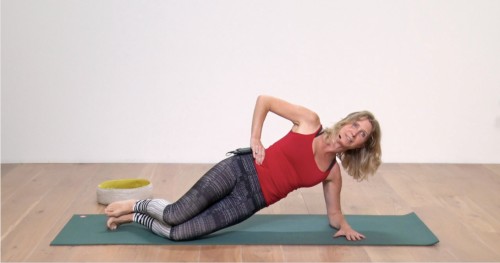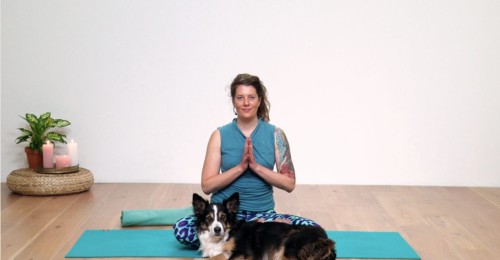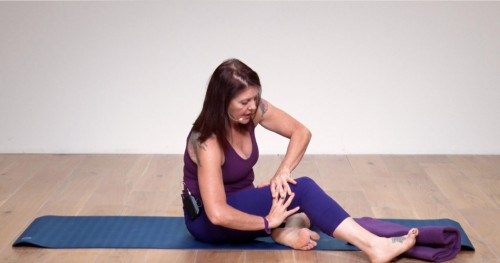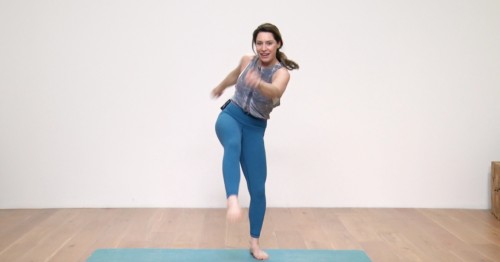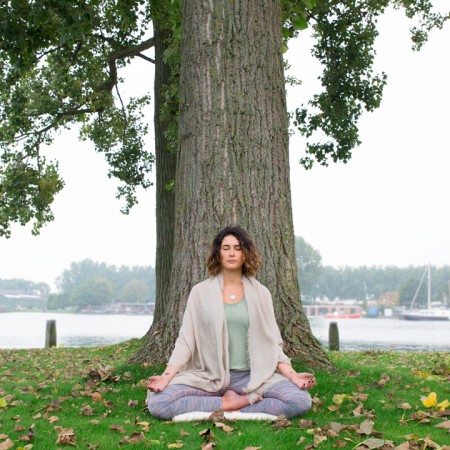Therapeutic yoga refers to the application of techniques and practices to support people facing physical and mental health challenges.
Along with its sister discipline Ayurveda, yoga has been practised therapeutically for thousands of years. Krishnamacharya – known as the father of modern yoga – often integrated therapeutic elements into yoga. B.K.S Iyengar also suggested poses for the treatment of asthma, high blood pressure and diabetes in his book, Light on Yoga. Iyengar was just one of many teachers that advocated the use of yoga for a number of common ailments.
More recently, therapeutic yoga has emerged as a discipline of its own. In a therapeutic class, a teacher will tailor practices for different health conditions. These conditions can range from physical ailments through to emotional distress.
Philosophy and Principles
This style of yoga takes a whole body or holistic approach. This considers the overall health, physical, mental and emotional condition of an individual. It then adapts to and works with whatever limitations are present.
Best of both worlds
This style is a marriage of traditional yoga, acupressure points, marma points, Reflexology and even massage, with science. It blends modern-day knowledge we have about disease and stress with the proven holistic health benefits of traditional practices.
Benefits
Therapeutically-orientated yoga can help to ease conditions like allergies, arthritis, digestive issues, thyroid conditions, depression, sciatica, multiple sclerosis, headaches, insomnia and many other ailments.









